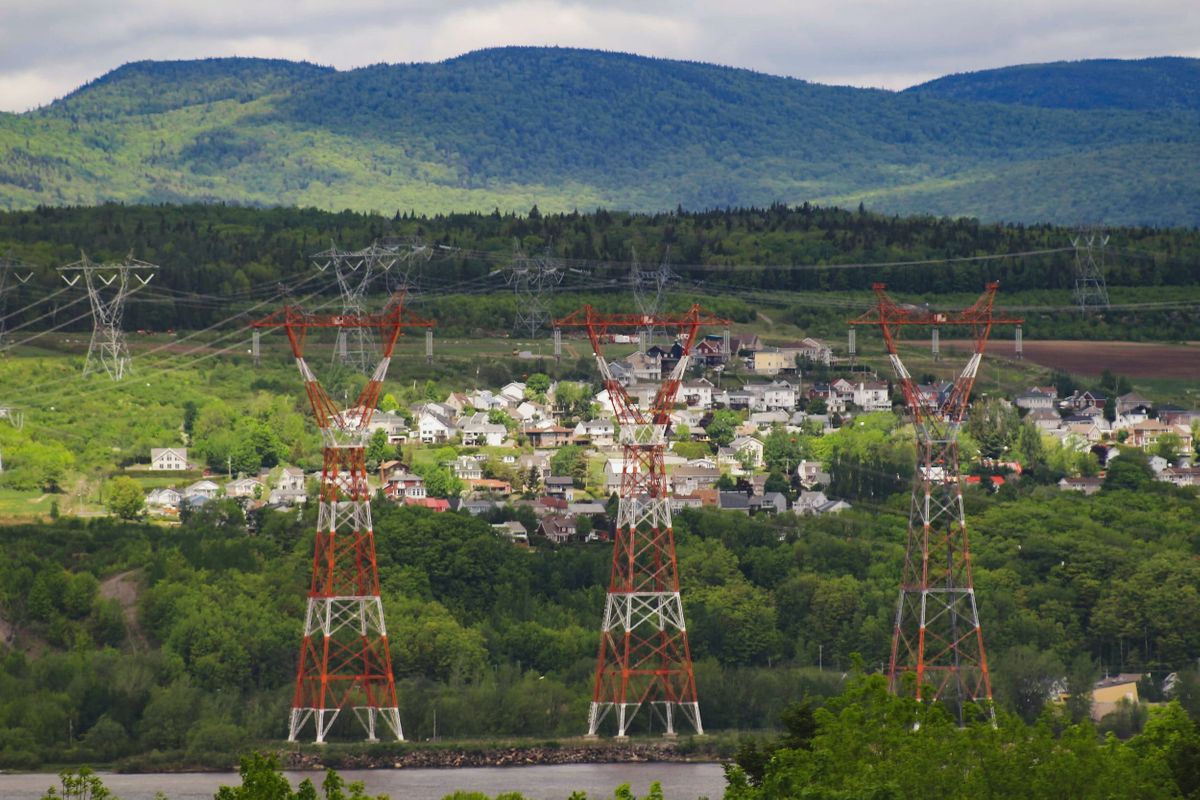Summer’s coming, and we’re getting ready for the activities that come along with it - no school for a few weeks, outdoor activities, and air conditioners ramping up to keep us cool. But did you know… electricity is typically more expensive in the summer? Not only do our utility bills usually go up because we’re using more electricity to run our air conditioning, but we are also being charged more by our utilities for that usage. Let’s take a closer look why, and what some of those rates look like.
One factor that goes into the price of electricity is customers’ demand for it. In the summer when it gets hot, more people turn to air conditioning to keep cool. Lots of air conditioners running at the same time increases the demand for power to keep the equipment running (see our previous blog about usage and demand for more information about demand). Electric grids are generally designed to handle high summer demand from customers, who are charged based on costs to distribute electricity and maintain the infrastructure (see this blog post about how utility rates are determined).
However, if a heat wave rolls through and air conditioners work harder and run more frequently, the regularly supplied electric grid may struggle to meet demand. Utilities then may need to supply electricity through additional sources, often through peaker plants, whose purpose is to be ready for days when demand is higher than the electric grid can handle (also known as “peak demand” days). Peaker plants tend to be more expensive (and dirtier) to run and costly to maintain, even with their low overall usage. Electric rates may increase to make up those costs.
Increased summer rates might include two components - increased rates for usage (kWh), and increased rates for demand (kW). Some utilities choose to base their costs on demand charges, whereas others charge customers based on a combination of usage and demand. For example, in Iowa, Alliant Energy may charge their large general service customers (non-residential) as much as $21 per kW (demand) and $.01 or $.02 per kWh during the summer months. This type of fee structure can lead demand charges to make up to 60% (sometimes more) of the total electric bill. Alternatively, MidAmerican Energy in Iowa calculates their summer rates using a combination of energy (kWh) and demand (kW) charges. For large electric service (non-residential) customers, usage hours (kWh) at varying levels are multiplied by the kW for the month and then charged at summer rates from about $.05 to $.07, and demand (kW) is charged at just less than $5 per kW (Alliant and MidAmerican rate information is current as of February 2021).
Utilities structure their rates differently, so check out your utility to see how they charge their customers for energy usage and demand, especially during summer when electricity use is higher. The Fusebox team is available to answer questions about rate plans too! Check out our next blog to learn more about strategies to help lower usage and demand.
Check out Laurel’s other blog posts!
- Demand vs. Consumption - Electricity is Complicated!
- Better Indoor Air Quality Means Happier (and Healthier) Occupants
- Who Decides the Utilities’ Rates?
- What is a Regulated vs. Deregulated Utility?
- Incentives for Solar and Renewables
- On-Site Solar vs. Community Solar - What Should You Do?
- Energy Benchmarking Is Becoming Mainstream
- The Cost of Water is Increasing…Now What?
- Gift-Giving For The Energy and Sustainability-Minded
- Water Reuse is Water Conservation!
- Tracking and Reducing Water Use in Your Building
- Teachers as Energy Conservation Champions in Schools
- Plug Loads and Commercial Office Tenants
- Communicating Energy Conservation With Residential Tenants
- Water, Waste, and Cleaning Of Buildings In A Post-COVID World
- Energy Management In Buildings In A Post-COVID World

